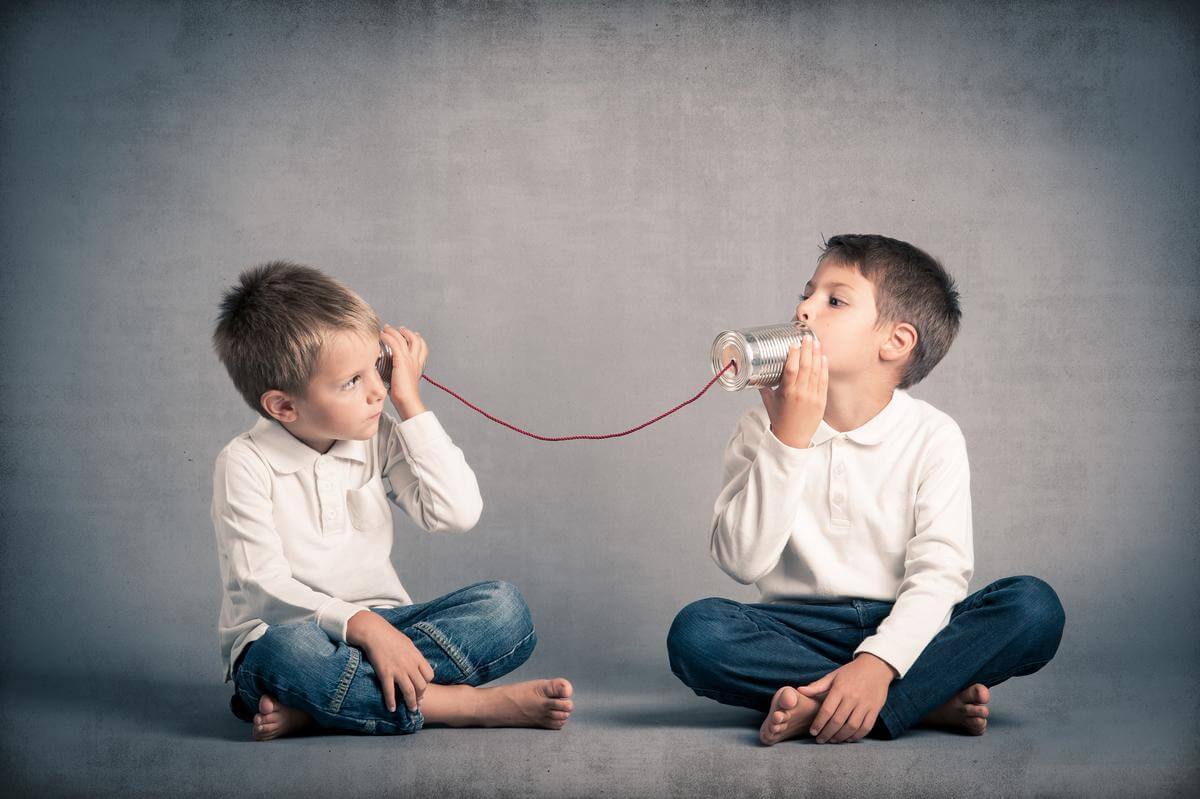
Conflict is a natural part of human relationships. Disagreements with family members, friends, colleagues, or neighbours can arise due to differences in opinions, attitudes, beliefs, values, or behaviours. If not addressed adequately, conflicts can escalate and lead to hurt feelings, broken relationships, and even violence.
Importance Of Communication In Resolving Conflicts:
Effective communication is essential for resolving conflicts because it helps individuals to:
* understand each other’s perspective: communication helps individuals to understand why others feel or behave in a certain way. It allows them to see things from a different point of view and appreciate the complexity of the situation.
* express themselves clearly: communication allows individuals to articulate their thoughts, feelings, and concerns clearly and concisely. It helps them to avoid misunderstandings and express their needs and expectations.
* collaborate to find a solution: communication enables individuals to work together to find a mutually acceptable solution. It allows them to explore different options, consider each other’s needs, and reach a compromise.

Active Listening Techniques:
Active listening is a communication technique that involves listening to the speaker with full attention and without distractions. Active listening helps the listener to understand the speaker’s message, acknowledge their feelings, and respond appropriately. Some effective active listening techniques are:
* paying attention: the listener should pay full attention to the speaker and avoid distractions such as mobile phones, emails or other interruptions.
* asking questions: the listener should ask questions to clarify the speaker’s message and show that they are interested in their perspective.
* paraphrasing: the listener should paraphrase the speaker’s message in their own words to confirm that they have understood correctly.
* summarising: the listener should summarise the speaker’s message to show that they have understood the main points and to help the speaker to focus on the key issues.
Using ‘I’ Messages:
‘i’ messages are statements that express the speaker’s feelings or thoughts without blaming or attacking the other person. ‘i’ messages are an effective way of communicating assertively and avoiding conflicts. Some examples of ‘i’ messages are:
* “i feel frustrated when you interrupt me in meetings. ”
* “i find it difficult to concentrate when you play loud music. ”
* “i would appreciate it if you could let me know in advance if you are running late. ”
Empathising With The Other Person:
Empathy is the ability to understand and share the feelings of others. Empathy is essential for resolving conflicts because it helps individuals to see things from the other person’s perspective and to acknowledge their feelings. Some ways of showing empathy are:
* active listening: paying attention and showing interest in the other person’s perspective.
* reflecting feelings: expressing understanding of the other person’s feelings and acknowledging their perspective.
* using empathic language: using phrases such as “i can imagine that it must be difficult for you,” “i understand why you might feel that way,” or “i can see how that would be frustrating. ”

Clarifying Misunderstandings:
Misunderstandings can occur when individuals interpret the same situation differently. Clarifying misunderstandings is essential for resolving conflicts because it helps individuals to realise their different perspectives and to find common ground. Some ways of clarifying misunderstandings are:
* asking questions: asking questions to clarify the other person’s perspective and to ensure that both parties have a clear understanding of the situation.
* exploring differences: exploring the differences and similarities in each other’s perspectives to identify common ground.
* using examples: using examples to illustrate each other’s perspectives and to clarify any misunderstandings.
Finding Common Ground:
Finding common ground is essential for resolving conflicts because it helps individuals to identify areas of agreement and to build on them. Some ways of finding common ground are:
* focusing on interests: identifying each other’s interests and focusing on common interests rather than positions.
* brainstorming: generating a list of possible solutions to a problem and exploring each other’s ideas.
* compromising: finding a middle ground where both parties can compromise and get some of what they want.
Avoiding Blame And Personal Attacks:
Blame and personal attacks are unproductive and can escalate conflicts. It is essential to avoid blaming and attacking others and to focus on the problem at hand. Some ways of avoiding blame and personal attacks are:
* using ‘i’ messages: expressing one’s feelings and thoughts without blaming or attacking the other person.
* staying focused on the problem: keeping the discussion focused on the problem at hand and avoiding personal attacks or digressions.
* avoiding generalisations: avoiding absolute statements such as “you always do this” or “you never listen to me” and focusing on specific examples.

Effective communication is essential for resolving conflicts. Active listening techniques, using ‘i’ messages, empathising with the other person, clarifying misunderstandings, finding common ground, and avoiding blame and personal attacks are some specific communication techniques that can be effective in resolving conflicts. By using these techniques, individuals can work together to find mutually acceptable solutions to conflicts, build stronger relationships, and avoid future conflicts. I also need you to correct any grammar mistakes you find in the article.

Aiken is a communication strategist and writer who specializes in digital interactions, social engagement, and interpersonal communication techniques. His work explores how technology shapes the way people connect, collaborate, and build relationships.
